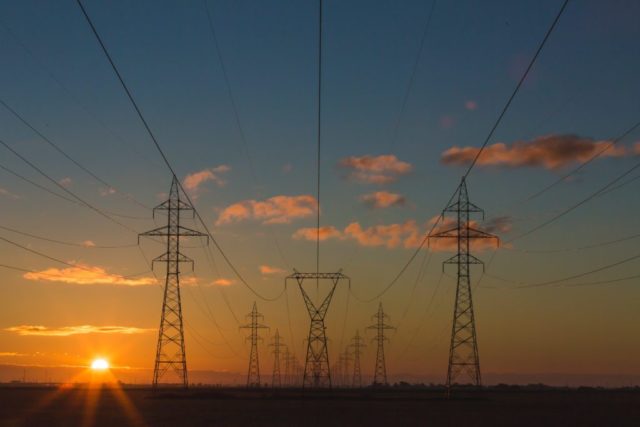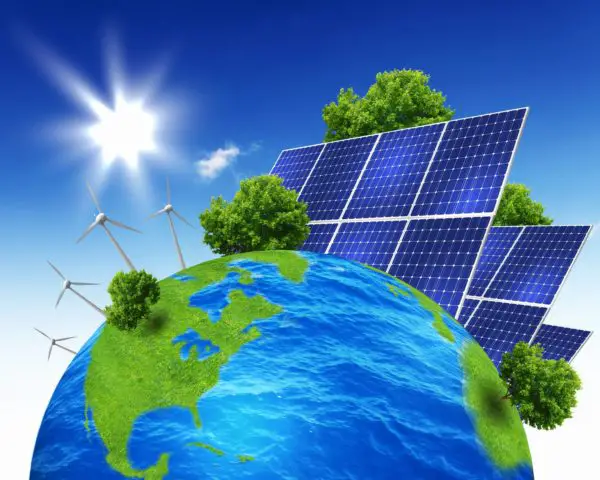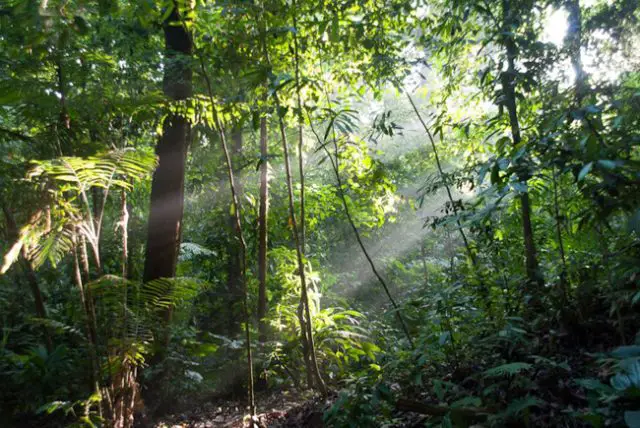At 5:30 am of any workday, you get up, turn on the radio or television, and get ready to do your housework. As usual, you make coffee, heat food in the microwave, and go to take a shower. It is simply unimaginable to think of bathing in cold water!
While that happens, multiple industrial plants develop, from sun to sun, their production processes thanks to the energy supply. We have become so accustomed to the use of electrical energy that it would be difficult to imagine life without any of these devices that improve our human existence.
Yes! Electricity is a wonderful thing but it implies a really high economic and social cost. In Costa Rica, residential electricity consumption per capita is equivalent to the world average. Estimates about the consumption of electric energy for residential use show figures towards a further increase by 2030.

Being a country that bets on the decarbonization of the economy by 2021, the challenge is imminent. We must prepare ourselves for the growing need for energy, but we must also educate ourselves towards a more sustainable, saving and, above all, efficient consumption.
According to several specialists consulted, who participated in the I International Seminar “Opportunities for the transformation of forest biomass into energy and the possibilities through gasification processes” organized at the end of last year, we must be more competitive.
This means increasing efforts to educate the population towards a culture of saving and energy efficiency. Moreover, in a society that seeks to guarantee the supply of energy in a sustainable way.
However, to achieve this requires more than good intentions. Electricity must have a competitive cost with respect to the countries of the region. The current and future demand for global electricity is high.
Estimates of electric power consumption for residential use show a notable increasing trend. The figures are eloquent; As an example, energy consumption for residential use will continue to increase, from 750 kWh per capita to about 900 kWh in 2030.
Distributed generation
There is a need for progress in generating new energy sources. Biomass is one of them.

Previously, the traditional form of energy supply has been through the installation of large hydroelectric or geothermal power plants, with the consequent concentration of environmental and social impacts, as was the case with the “Reventazón” hydroelectric project.
An alternative to this development has been the installation of small power generation systems in the same places where energy is consumed, which can take advantage of the various sources available at those sites, as is the case with photovoltaic panels that can be installed in the homes or in buildings.
However, there are other sources that can be used as biomass or wind energy; this is also known as distributed generation.
Between 2015 and 2016, there was a growth in thermoelectric production, which meant that the Costa Rican Institute of Electricity (ICE) had to turn on the backup plants that feed on fossil fuels to guarantee the constant supply of electricity.
According to experts, although this could have its advantages in terms of energy security, it differs and becomes an obstacle with respect to the goal set by the country to become carbon neutral by 2021.
Geothermal energy is the second most used energy source and wind power ranks third, with an increase in the contribution of electricity production. Alternative energy, solar and biomass, continue to be two types of energy whose contribution decreased.
However, the use of biomass represents 53 times more energy produced with respect to solar production, says specialist Dagoberto Arias.
Future bet
Costa Rica has enormous potential for generating clean energy. However, biomass transformed into energy does not represent even 1% of the national energy production for the 2015-2016 period, but represents 6.5% of that produced by the use of wind.
Although the residues of the pineapple crop have enormous potential, it is a material with a high moisture content (the higher the moisture content of the biomass material, the lower its caloric power).
Currently, more appropriate techniques for collection and transformation are studied, in addition to the fact that, in the case of pineapple, the planted area has been increasing.
According to the coordinator of the dendro-energy project, Dagoberto Arias of the Technological Institute of Costa Rica (TEC), forest residues represent a very important contribution (they are known as dry biomass and here in the country they have an enormous opportunity to generate electricity and heat from renewable sources).

In fact, the only plant in Central America operates in the country that produces pellets, wood tablets that are used as fuels in boilers and replace the use of petroleum products.
Dendro-energy plantations could mean a quantum leap in the country’s competitiveness, because although at first glance they might resemble traditional plantations such as palm hearts or sugarcane, their management is different.
By using trees and handling short cycles, its purpose is different, since it has been proven that using species such as
In this way, their supply is more planned as they are plantations with very specific purposes. In addition, it is a source of employment generation, allowing even recover the use of land or land that could be abandoned, in order to generate new development opportunities.

